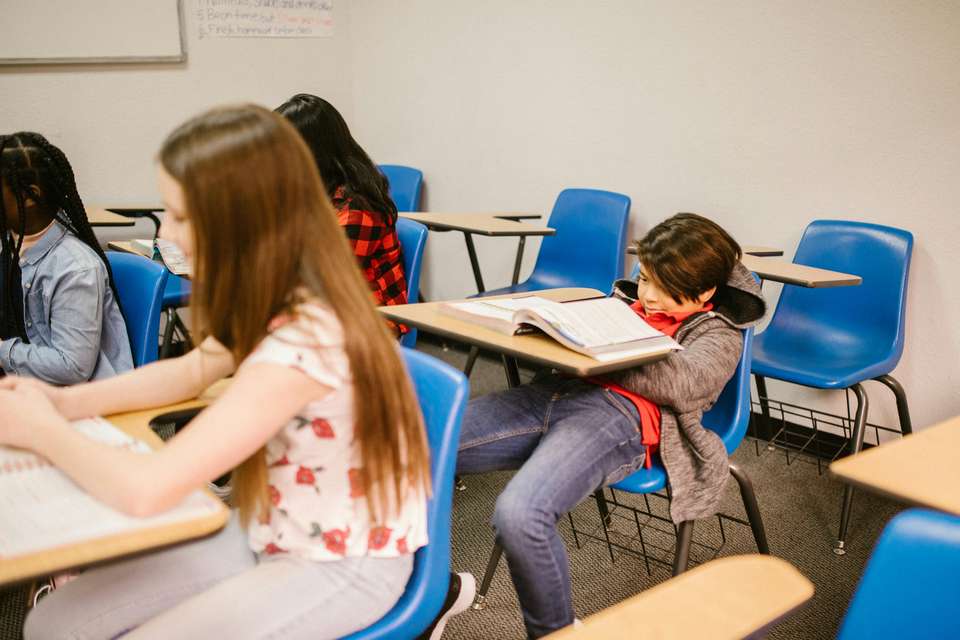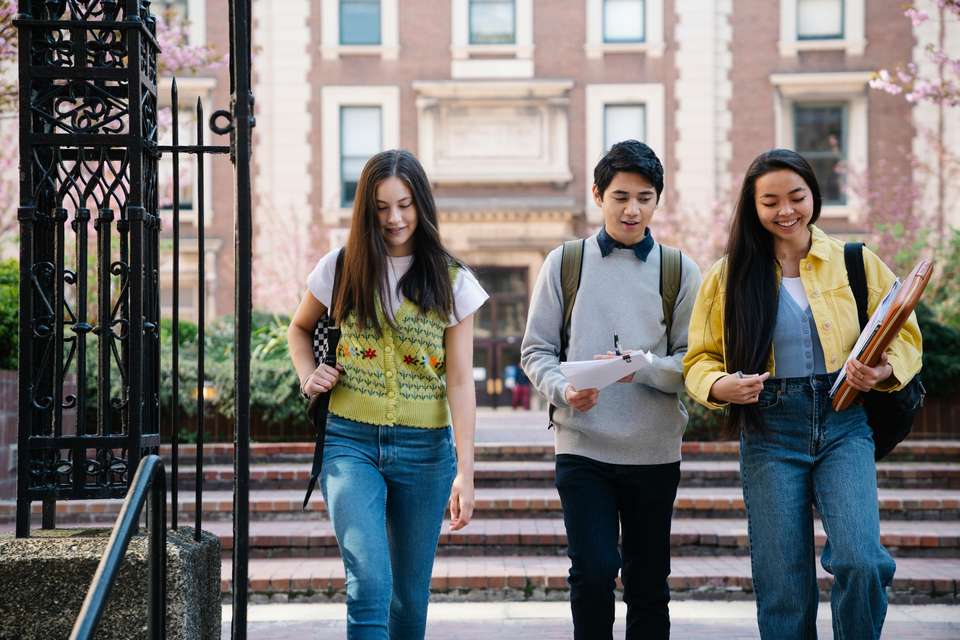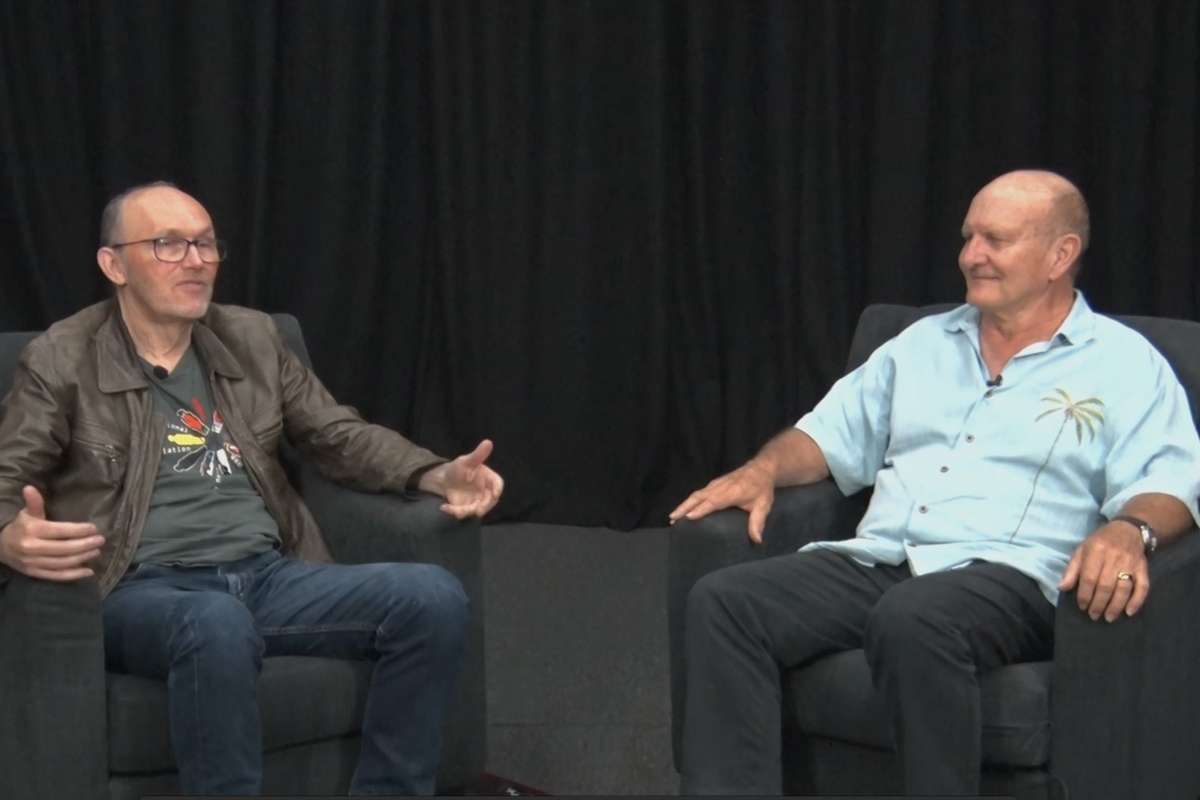
By Sala Mkoka with expert commentary from Professor Ken Purnell
The start of a new school year may sound exciting for some – meaning the entrance into high school, seeing old friends and making new ones – but for many the prospect of returning to the halls after an extended holiday break can be daunting and tedious; so how to make the transition as seamless as possible?
Research and evidence from neuroscience and educational psychology combine to arm parents and teachers alike with strategies to alleviate much of the stress encountered at this time of year, and paves a practical way forward to mitigate lapses into less constructive behaviours.
CQUniversity Head of Course for Educational Neuroscience Professor Ken Purnell said that high school students often face challenges upon returning from extended breaks, such as fatigue, social anxiety, and academic stress; but has found through evidence-based practice that breaking away from traditional methods to get back to school is a step towards better health and enhanced learning.
“At its core, educational psychology explores how humans learn and develop, providing crucial insights that shape modern educational approaches,” Prof Purnell said.
“The recent integration of neuroscience has added a compelling dimension to this field, offering unprecedented insights into the biological basis of learning and the brain-body connect.
“For instance, the widely-held belief in fixed learning styles (a neuromyth) has been reconsidered in light of neuroscientific research highlighting the brain's plasticity and the benefits of diverse learning experiences.”

Professor Purnell stated that integrating wellness practices into daily routines was essential for teenagers’ mental and physical wellbeing, and highlighted the importance of practising abdominal breathing and mindfulness as key elements to students being able to operate from the pre-frontal cortex of the brain where neural firing occurs.
“With recent technological advances, particularly in neuroimaging and cognitive science, our understanding of learning processes has been revolutionised,” Prof Purnell said.
“Mindfulness practices can enhance emotional regulation and present-moment awareness,” Prof Purnell explained.
“This can include grounding or box breathing which are incredible techniques to help teenagers manage stress and enhance their daily focus, and reduce anxiety.”
The developments in the field of neuroscience have enabled researchers to observe neural responses to various teaching methods in real-time, and Prof Purnell outlines six simple strategies that parents and teachers can implement as students head back to the books.
Strategies for parents
1. Manage sleep schedule
Reset sleep patterns before school resumes.
“Quality sleep is crucial for adolescent development and academic performance,” Prof Purnell said.
“Maintain consistent regular sleep and wake times, even on weekends. Ensure to create a calming ritual 30 to 60 minutes ahead of bedtime, including limiting device use before bed and keep electronics outside the bedroom.”
2. Create a study space
Provide a quiet, organised area for homework.
3. Maintain dialogue
Discuss school expectations and concerns openly.
4. Monitor screen time
Set reasonable limits on digital device usage.
5. Ensure preparedness
Assist in gathering necessary school supplies.
6. Balance activities
Support both academic and extracurricular engagement.
“Regular exercise benefits both physical and mental health, so establish some regular organised activities where your teenager can participate in sports or recreational programs.”

Strategies for teachers:
1. Start gradually
Begin with engaging activities to rebuild classroom community.
2. Create a safe space
Foster an environment where students feel comfortable expressing their concerns.
“One simple technique is to speak negative emotions aloud, and by doing so it readily changes their state and allows students to participate, engage and bring them into the present moment.
“Negative thoughts can then be transformed through positive mental imagery, so practice this before stressful events using calming metaphors and incorporate simple relaxation visualisations during breaks.”
3. Set clear goals
Assist students in establishing achievable academic targets.
4. Vary teaching methods
Incorporate movement and diverse activities to maintain engagement.
“Make sure to schedule regular activity breaks during study sessions, and implement sensory activities with tactile materials. Engaging the senses can effectively reduce stress and improve focus.”
5. Connect to real life
Illustrate practical applications of learning material.
6. Restore routines
Systematically reintroduce classroom expectations.
“Implementing these strategies can help teachers and parents support a successful return to school whilst promoting teen wellbeing,” Prof Purnell said.
“Integrating neuroscience offers exciting possibilities for advancing our understanding of learning and developing more effective teaching strategies.”
Find out more in the latest instalment of Conversations with the Dean, where Professor Ken Purnell sits down with the Dean of the School of Education and the Arts Professor Stephen Dobson where they unpack the world of neuroscience and its findings: listen to the podcast, or watch the episode on the CQUniversity News Youtube channel.

CQUniversity Australia is a trading name of Central Queensland University
ABN: 39 181 103 288
RTO Code: 40939
CRICOS: 00219C
TEQSA: PRV12073